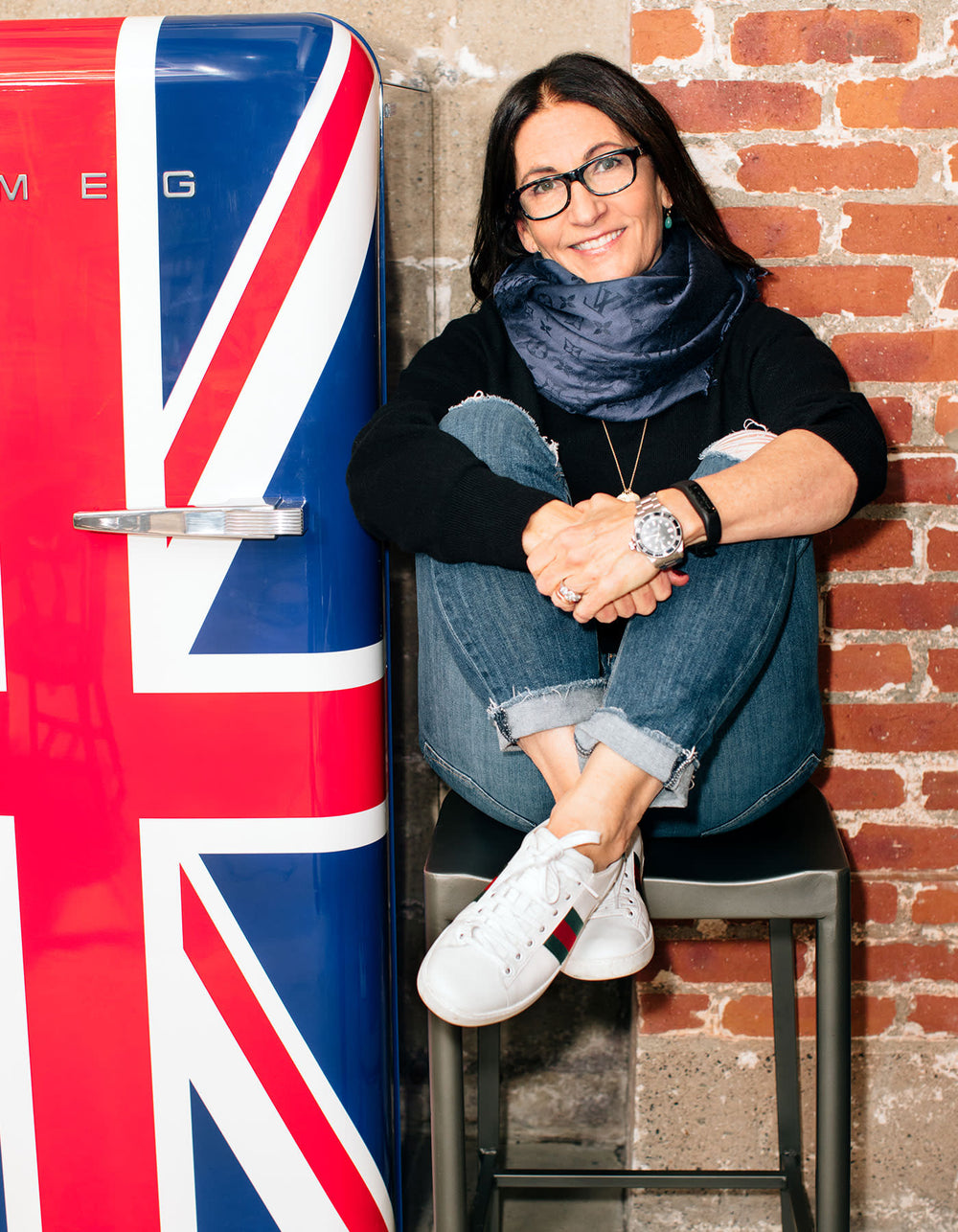Diary / Beauty / Sep 26, 2022
Ask a Dermatologist: Dr. Shereene Idriss on All Things SPF
Written by: Alexandra Perron, Managing Editor

If there is one product you should be using in your skincare routine every single day, it’s sunscreen. (Don’t just take it from me, ask any dermatologist.) Despite the product’s importance and effectiveness, there’s still a lot of misinformation out there. Take a scroll through Instagram or Tiktok and you’re bound to find a post that doesn’t get the facts right. So in order to set the record straight, I reached out to Dr. Shereene Idriss aka the #PillowtalkDerm. She’s here to clear up any confusion you might have about reapplication, UV rays, and why you definitely don’t need a base tan.
Let's start with the basics: does the SPF number really matter? Is there a difference between SPF 30 and SPF 50, for example?
SPF number matters...a lot! On average, SPF 15 offers 94% protection whereas SPF 50 offers 98%. At 94% protection, your skin is still exposed to 6% of UV rays, whereas at 98% protection, only 2% of those rays make it through. That's nearly a 70% increase in protection! So although a 4% increase in SPF may not seem significant at first, it is in fact a huge amount.
And how much should we be using on our faces? What about the rest of the body?
On average we should be applying 1/3 to 1/2 a teaspoon for our face and neck, and approximately six teaspoons for our bodies.

What's the easiest way to reapply? Do those powder sunscreens really work?
I think this one depends on your setting:
- If you're at the beach, the easiest way to reapply is through a sunscreen lotion as you can see the physical amount you are using.
- If you are out and about in a city, and wearing a full face of makeup, reapplying with a lotion can be problematic. This scenario is one where I adhere to the principle of "something is better than nothing." Re-applying through a powder is probably most realistic as it won’t displace your makeup. In reality, are you getting the full adequate coverage with a powder SPF? It is less likely as measuring the appropriate amount needed may be difficult. But again, something is better than nothing!
- If you are athletic and prefer long activities outside, a spray may come in handier than a lotion as it requires less effort. But as with powders, when it comes to sprays, measuring the right amount can be difficult so err on the side of caution and reapply more regularly than you would a lotion.
Can you explain the difference between chemical and physical blockers? Is one more effective than the other?
Both work in the same way in that they both absorb UV radiation, whereas physical blockers also tend to reflect them. The differences boil down to:
- The UV range in which they absorb. Physical blockers tend to protect against a broader UV range whereas traditional chemicals are not as extensively protective.
- Cosmetic elegance upon application. Physical blockers tend to leave a white cast whereas chemical sunscreens are much more seamless and elegant.
- Skin sensitivities. Chemical sunscreens are traditionally more irritating than physical ones.

So many people talk about building a "base tan" as a way to prevent burns— is there any science behind this?
A base tan is no substitute for good sun protection. Plus, the risks of long-term tanning outweigh the unproven benefits of a base tan.
If I'm not going outside but I'm working by a window, do I still need to be wearing sunscreen?
Absolutely, because UVA still travels through glass. UVA is primarily responsible for signs of aging and can lead to burns when exposed to for longer periods of times which can then lead to skin cancer.
What's the biggest thing people get wrong about SPF?
That an SPF will universally protect you against the sun. SPF is only as good as the ingredients offering the protection. Look specifically for broad spectrum SPFs that protect against both UVA and UVB, as the alternative traditionally only covers for UVB.
For more from Dr. Idriss, follow her on Instagram at @shereeneidriss.
 Miracle Balm
Miracle Balm
 Just Enough Tinted Moisturizer
Just Enough Tinted Moisturizer
 What The Foundation
What The Foundation


